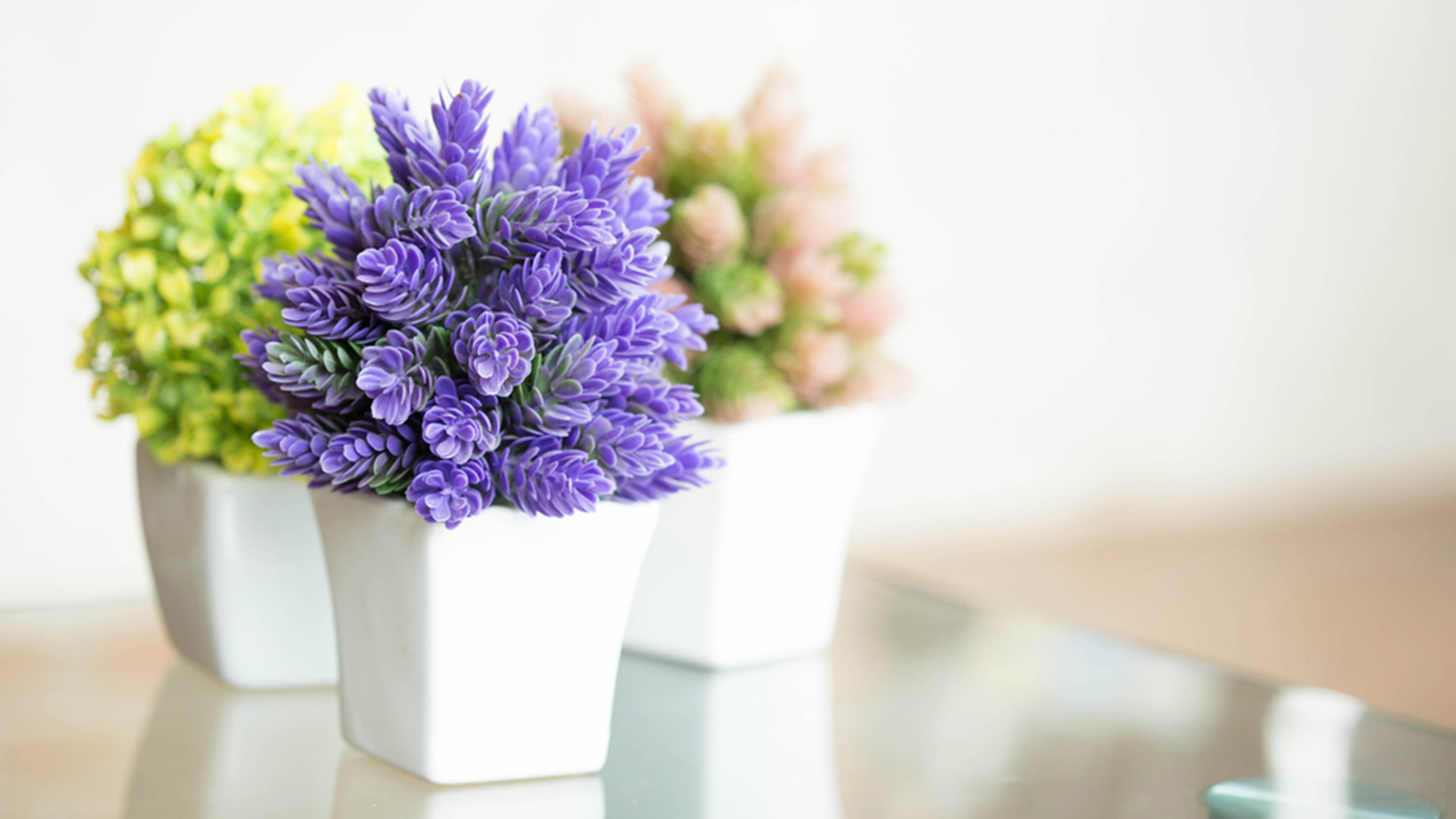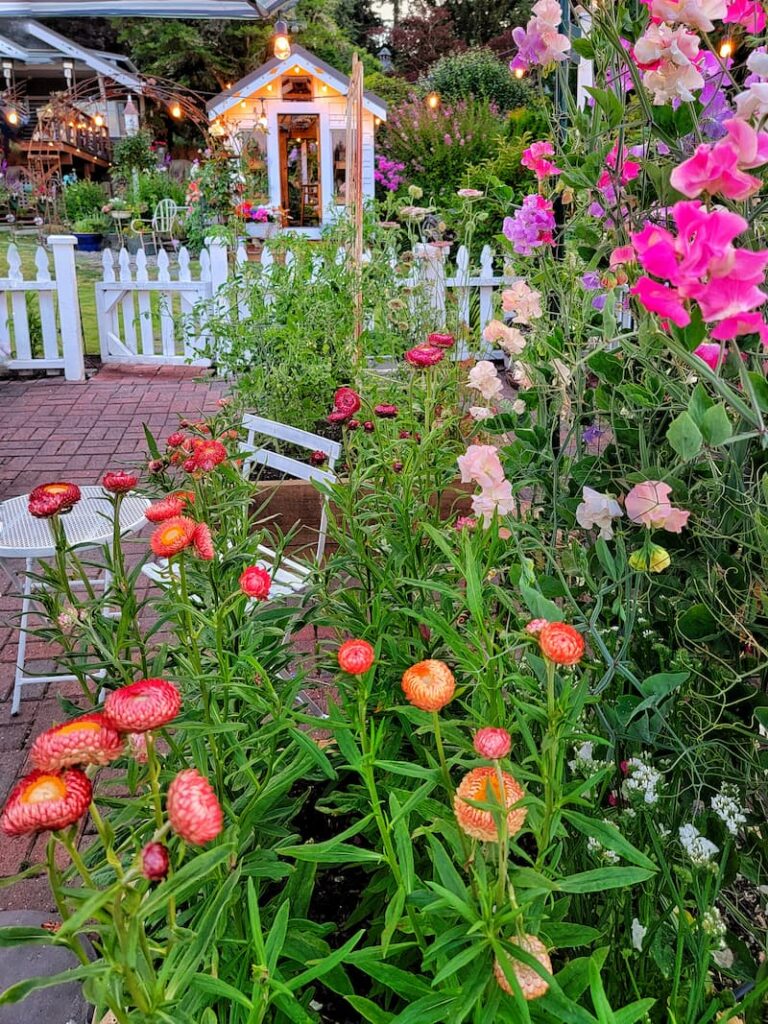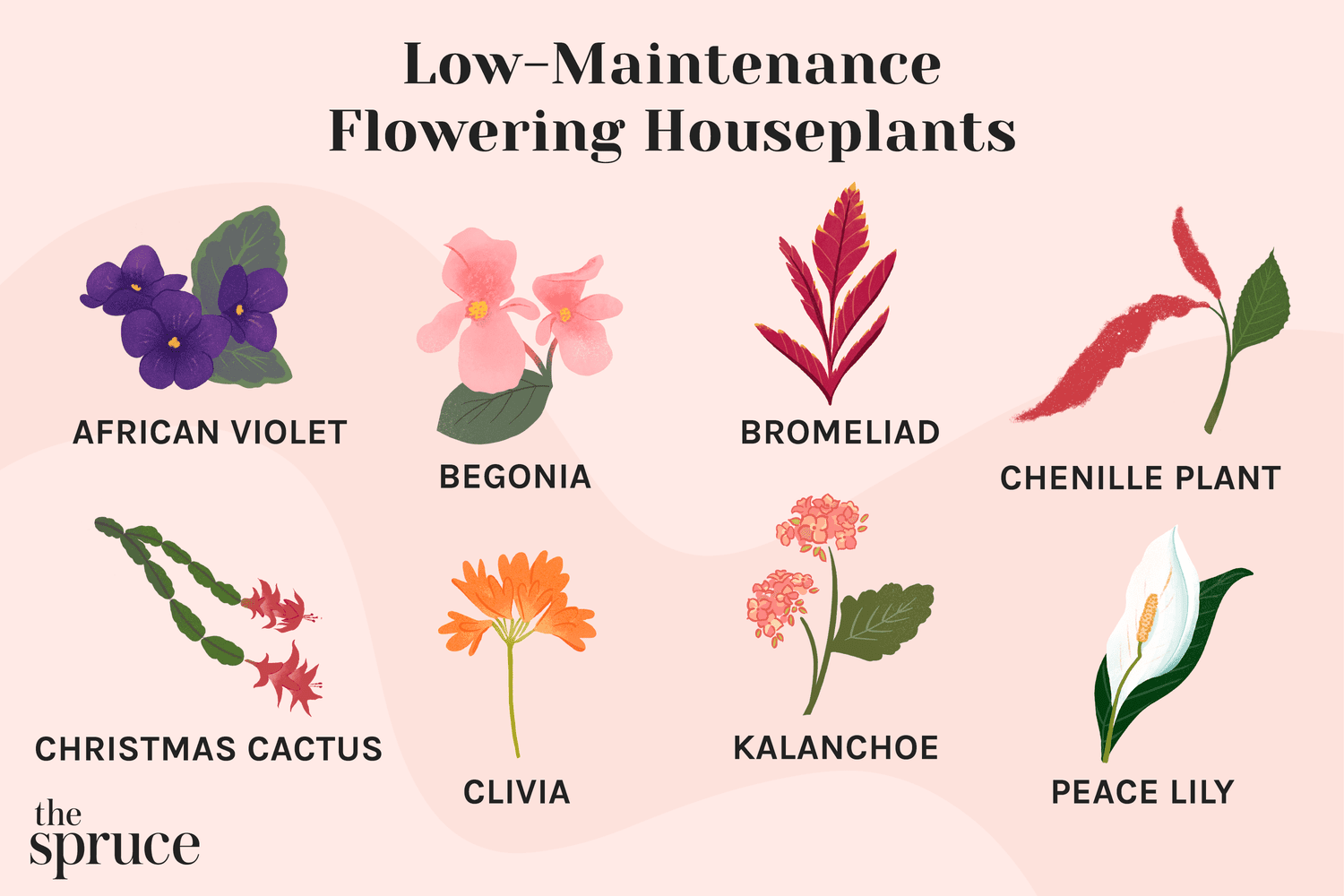Indoor gardening brings nature into your home. Some flowers are easy to grow indoors.
Growing flowers inside can brighten your space and lift your mood. You don’t need to be an expert gardener to enjoy indoor blooms. There are many flowers that thrive with little care. This blog will explore the easiest flowers to grow indoors.
Whether you have a green thumb or are just starting, these flowers are perfect for you. They require minimal effort but offer maximum beauty. From vibrant blooms to delicate petals, indoor flowers can transform any room. So, let’s discover which flowers are the best for indoor growth and how you can enjoy them in your home.

Credit: matsuoutdoorsmanshow.com
Introduction To Indoor Flowers
Discover the easiest flowers to grow indoors. Peace lilies, spider plants, and pothos thrive with minimal care. Brighten any space effortlessly.
Growing flowers indoors can be a delightful hobby. Indoor flowers add beauty to any space. They bring life and color to your home. Many people find joy in nurturing plants. The process can be soothing and rewarding. Indoor flowers are easy to manage. They don’t need much space. You can grow them in pots, on windowsills, or even on shelves. They thrive well with basic care. You don’t need a green thumb to succeed.Benefits Of Growing Flowers Indoors
Indoor flowers improve air quality. They produce oxygen and absorb toxins. This makes your home healthier. Flowers can also boost your mood. Their colors and scents create a pleasant environment. Caring for flowers reduces stress. It gives you a sense of accomplishment. Indoor flowers can also enhance your decor. They add a natural touch to any room. Their presence can make your space feel more inviting.Choosing The Right Flowers
Selecting the right flowers is important. Some flowers are easier to grow indoors. Consider plants like peace lilies, snake plants, and spider plants. These are low-maintenance and hardy. Look for flowers that thrive in low light. Not all homes have bright sunlight. Also, choose flowers that suit your climate. Some plants need more humidity than others. Research the care needs of each plant. Start with easy-to-grow flowers. This will boost your confidence. Gradually, you can try more challenging plants. Enjoy the process and watch your indoor garden thrive. “`African Violets
African Violets are a popular choice for indoor gardening. They are small, colorful, and easy to grow. Their charming flowers can brighten up any room. They thrive well with minimal care.
Care Tips
- Light: Provide bright, indirect sunlight. Avoid direct sun.
- Watering: Water from the bottom. Keep the soil moist but not soggy.
- Temperature: Maintain a temperature between 65°F to 75°F.
- Humidity: They prefer a humid environment. Use a humidity tray if needed.
- Fertilizing: Use a balanced fertilizer every 4-6 weeks.
Common Issues
| Issue | Cause | Solution |
|---|---|---|
| Yellow Leaves | Overwatering | Let the soil dry out before watering again. |
| Brown Leaf Tips | Low humidity | Increase humidity around the plant. |
| Weak Flowers | Lack of light | Move to a brighter spot with indirect sunlight. |
Peace Lilies
Peace Lilies are one of the easiest flowers to grow indoors. They are perfect for beginners and seasoned gardeners alike. These stunning plants add a touch of elegance to any space. With their dark green leaves and beautiful white blooms, Peace Lilies brighten up your home.
Light And Water Requirements
Peace Lilies thrive in low to moderate light. They do well in indirect sunlight. Avoid placing them in direct sunlight. This can scorch their leaves. Peace Lilies need to be kept moist. Water them once a week. Ensure the soil is not soggy.
If the leaves droop, it means they need water. After watering, their leaves will perk up. In dry seasons, mist the leaves to increase humidity. This helps them stay healthy and vibrant.
Benefits And Uses
Peace Lilies are more than just pretty. They have many benefits. They purify the air by removing toxins. This makes your indoor air cleaner. They are also known to improve humidity levels. This is great for your skin and respiratory system.
Peace Lilies are perfect for any room. They look great in living rooms, bedrooms, and offices. Their calming presence can reduce stress. They are also non-toxic to humans. This makes them safe around children. However, keep them away from pets as they can be harmful if ingested.
Spider Plants
Spider Plants are among the easiest flowers to grow indoors. They thrive in indirect light and need minimal care. Perfect for beginners.
Spider plants are among the easiest flowers to grow indoors. They are known for their green and white striped leaves. These plants are not only attractive but also low-maintenance. They thrive in various indoor conditions, making them perfect for beginners.Propagation Methods
Spider plants are easy to propagate. The most common method is by using plantlets. Plantlets are small offshoots that grow from the main plant. Simply cut these plantlets and place them in water. Wait for roots to form before planting them in soil. Another method is division. Divide the root ball into smaller sections. Each section should have healthy roots and leaves. Plant these sections in separate pots. They will grow into new spider plants.Ideal Growing Conditions
Spider plants prefer bright, indirect light. Direct sunlight can scorch their leaves. They can also tolerate low light but may grow slower. Use well-draining soil to prevent root rot. Water the plant when the top inch of soil feels dry. Avoid overwatering, which can cause root issues. Spider plants enjoy moderate humidity. If the air is too dry, mist the leaves occasionally. Keep the indoor temperature between 55°F and 80°F for optimal growth. With these conditions, your spider plants will thrive indoors. They will add a touch of greenery and improve air quality in your home. “`Orchids
Orchids are a popular choice for indoor gardening enthusiasts. Their exotic appearance and vibrant colors make them a beautiful addition to any room. While they may seem delicate, orchids can be surprisingly easy to care for with the right techniques.
Watering Techniques
Orchids need careful watering to thrive indoors. Use room temperature water to avoid shocking the roots. Water them once a week, but let the roots dry out between waterings. Overwatering can lead to root rot, so ensure proper drainage.
Fertilization Tips
Fertilizing orchids keeps them healthy and promotes blooming. Use a balanced, water-soluble fertilizer. Apply it every two weeks during the growing season. Reduce fertilization in the winter months. Avoid over-fertilizing as it can damage the plant. Always follow the instructions on the fertilizer package.
Jade Plants
Jade plants, also known as Crassula ovata, are popular indoor plants. They are known for their thick, fleshy leaves and tree-like appearance. These plants are easy to grow and maintain, making them perfect for beginners. Jade plants can thrive indoors with minimal care. Their striking appearance adds a touch of greenery to any space.
Soil And Potting Needs
Jade plants require well-draining soil. Cactus or succulent soil works best. This type of soil prevents water from sitting around the roots. Choose a pot with drainage holes. This ensures excess water can escape. A clay pot is ideal as it allows the soil to dry out between waterings. Repotting every two to three years helps the plant grow.
Pruning And Maintenance
Pruning jade plants keeps them healthy and attractive. Remove dead or dying leaves with clean scissors. Trim back leggy growth to encourage a fuller shape. Pruning also helps manage the plant’s size. Regular cleaning of the leaves prevents dust buildup. This helps the plant breathe and photosynthesize better. Jade plants need bright, indirect light. Place them near a window for best results.
Begonias
Begonias are a favorite among indoor gardeners. They are known for their beautiful blooms and lush foliage. These plants are easy to grow and maintain. With the right care, begonias can thrive indoors and add a splash of color to any room.
Light Preferences
Begonias prefer bright, indirect light. Too much direct sunlight can scorch their leaves. A spot near a window with filtered light is ideal. You can also use sheer curtains to diffuse the light. In low light conditions, begonias might not bloom as profusely, but they will still survive.
Pest Control
Begonias can be prone to pests like aphids, spider mites, and mealybugs. Regularly check the undersides of leaves for any signs of pests. You can use insecticidal soap to treat infestations. It’s also helpful to keep the humidity level high around your begonias. This can deter some pests. Make sure to isolate any infected plants to prevent the spread of pests.
:strip_icc()/Easiest-seeds-to-grow-indoors-5666667_final-d98c2b02f52b437da388f8fadeed172e.png)
Credit: matsuoutdoorsmanshow.com
Cyclamen
Cyclamen is a popular choice for indoor gardening. Known for its heart-shaped leaves and vibrant blooms, Cyclamen adds a touch of elegance to any space. This beautiful flower thrives indoors with proper care and attention.
Seasonal Care
Cyclamen requires specific care according to the season. During the growing season, keep the soil moist. Water the plant from the bottom to avoid wetting the leaves. Ensure good drainage to prevent root rot. In the dormant period, reduce watering and let the soil dry out.
Place the Cyclamen in a cool, bright location. Avoid direct sunlight which can scorch the leaves. A north-facing window is ideal. Maintain a temperature between 50°F and 70°F for optimal growth.
Encouraging Blooming
To encourage blooming, provide a balanced liquid fertilizer every two weeks. Use a fertilizer high in phosphorus to promote flower production. Remove spent flowers and yellowing leaves to encourage new growth.
Ensure the plant gets enough light, but avoid direct sunlight. Keep the environment cool and maintain humidity levels. Cyclamen thrives in a slightly humid environment. Consider using a humidity tray or misting the plant occasionally.
Tips For Successful Indoor Flower Gardening
Indoor flower gardening can be a delightful and rewarding hobby. With the right tips, even beginners can enjoy beautiful blooms year-round. Here are some tips for successful indoor flower gardening.
Choosing Containers
Selecting the right container is crucial for indoor flowers. Ensure the container has proper drainage holes. This prevents water from pooling at the bottom. Use containers that are the right size for your plant. Too large or too small can hinder growth. Opt for materials like ceramic or plastic. They retain moisture well. Terra cotta pots are also popular. They allow the soil to breathe.
Maintaining Humidity Levels
Indoor flowers thrive in specific humidity levels. Most indoor plants prefer higher humidity. Use a humidifier to maintain optimal levels. Grouping plants together can also help. It creates a microenvironment with higher humidity. Misting the plants regularly adds moisture to the air. Place a tray with water and pebbles under the pots. As the water evaporates, it increases humidity around the plants.

Credit: shiplapandshells.com
Conclusion
Indoor gardening can be simple and rewarding. Choose easy-to-grow flowers like peace lilies and spider plants. They need minimal care and brighten any room. Orchids and African violets also make great choices. With the right light and water, these plants thrive indoors.
Enjoy the beauty of indoor flowers all year round. Happy gardening!





